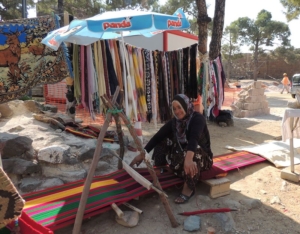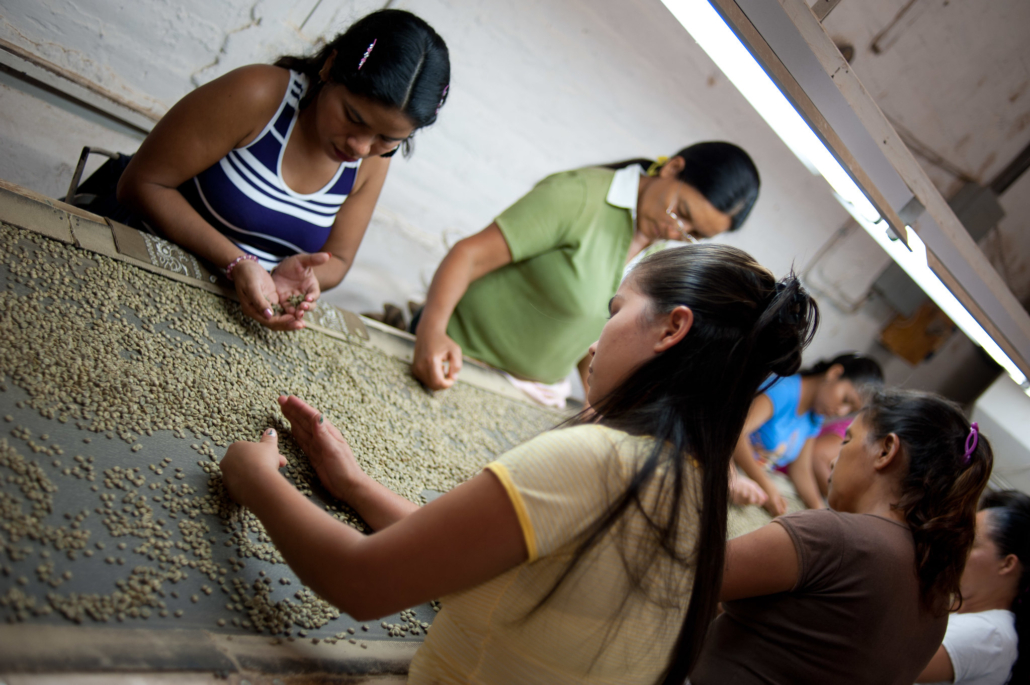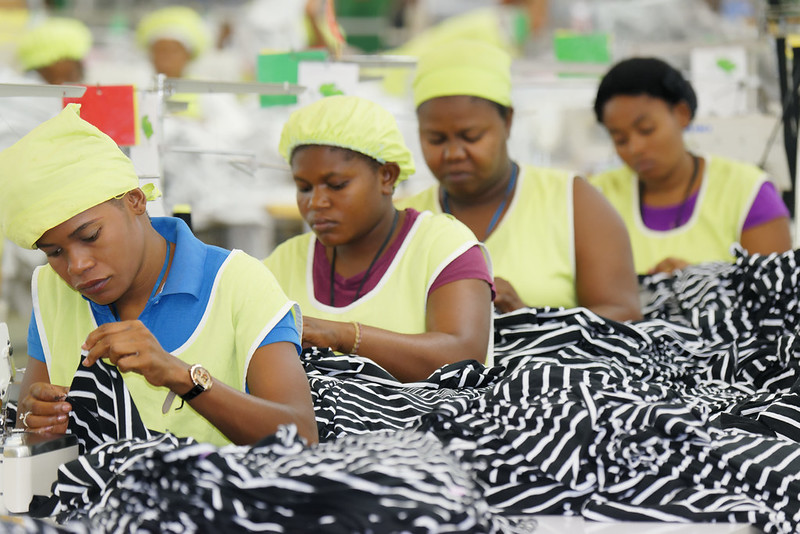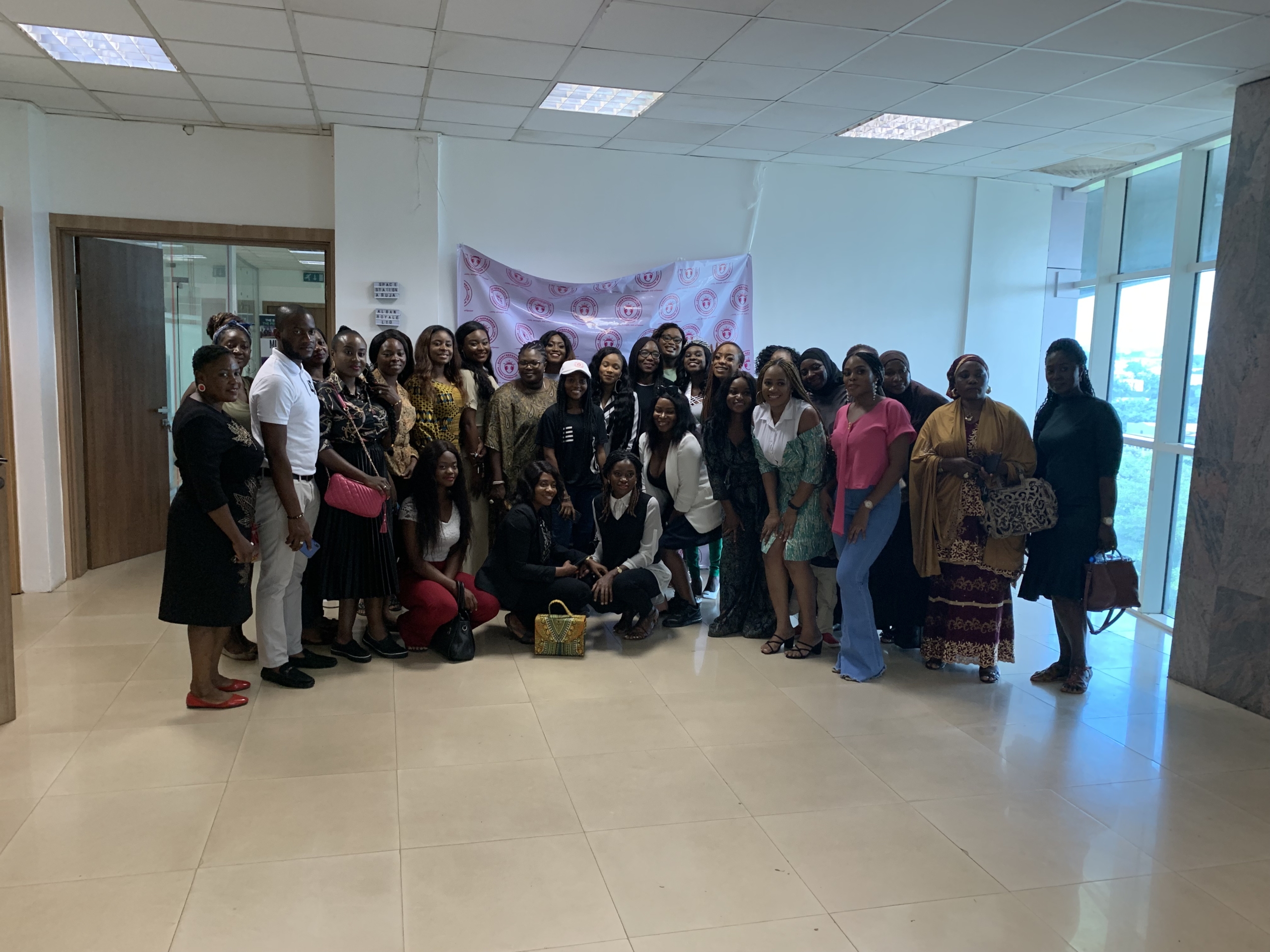 Recently, the World Bank approved giving $70 million to the Kingdom of Morocco to help boost the country’s decades-long efforts in implementing and extending social reform protection. This will be done through the newly created National Population Registry (NPR), the National Register Agency (NRA) and the Social Registry System (SRS). These are country-wide systems that will also make sure to reach vulnerable populations such as low-income families and women.
Recently, the World Bank approved giving $70 million to the Kingdom of Morocco to help boost the country’s decades-long efforts in implementing and extending social reform protection. This will be done through the newly created National Population Registry (NPR), the National Register Agency (NRA) and the Social Registry System (SRS). These are country-wide systems that will also make sure to reach vulnerable populations such as low-income families and women.
According to a 2023 report from the International Monetary Fund (IMF), gender gaps in the Moroccan labor market are quite big, with the gap being around 21% and has been falling since 2004. The labor force in rural areas, in particular, has been declining in terms of the number of women working. The report also mentioned gender disparities in employment rates, in which it was found that unemployment rates were higher for women than they were for men. This presents a major issue, as the report found that if more women were encouraged and able to go to work, Morocco’s economy could be strengthened. There would be more people in the workforce.
Morocco acknowledges its ongoing struggles with gender inequality and its efforts to address this issue through social protection reforms are not recent. These efforts date back to the ’50s and were revitalized in the late ’90s, with a particular focus during the COVID and post-COVID periods.
Moudawana – 2004
Moudawana is Morocco’s family law. First drafted and implemented in the late ’50s, this law was reformed again in 2004. In this law, important rights for women were introduced, such as the right to self-guardianship, divorce, child custody and inheritance. Additionally, the legal age of marriage was raised from 15 to 18 years old. This law was a stepping stone toward improving gender equality in Morocco. The law provides women with self-autonomy and a way to support themselves financially, such as by securing inheritance and the right to self-guardianship.
COVID-19
Fast forward 16 years later, COVID-19 had a profound impact on social reforms in Morocco. It highlighted the need for special protections to be extended to all Moroccan citizens and the need for the country to pay closer attention to low-income individuals and families. At the time of the pandemic, it was found that women experiencing multidimensional poverty were more likely to be living in rural areas.
This is primarily due to a lack of education. According to a study titled “Women’s Poverty in Morocco in the Context of the Covid-19 Pandemic: a Multistory Approach,” “educational deficits explain nearly 60% of the risk of suffering this form of poverty.” In fact, a significant education disparity exists between men and women in Morocco, which undoubtedly contributes to women’s higher rates of poverty. As of 2022, the World Bank reports a 16.5% gap in adult literacy between men and women in Morocco.
In March 2021, during the pandemic, Social Protection Law No. 09. 21 was adopted with the intention of protecting Moroccans against economic and social risks. This law had two phases. The first phase from 2021-2023 would allow the government to focus on the generalization of medical insurance. In contrast, the 2024-2025 phase would require the government to implement unemployment allowances. These medical protections fall under three new registries that the Kingdom of Morocco created and began implementing in 2022.
Post COVID-19
- NPR – 2022. In early 2022, the NPR was implemented initially as a pilot in Rabat, the capital of Morocco. It is a centralized database containing people’s names and addresses to ensure a record and fair access to social services. Each person is also given a unique identification number.
- NRS – 2022. The NRS is closely linked to the NPR. However, it is specially referred to as a border system of national databases. The NRS is also responsible for managing and integrating Morocco’s social protection systems.
- SRS – 2022. Also referred to as the Unified Social Registry (RSU), it is designed to help find vulnerable people for social assistance programs and actually properly allocate the benefits. Unlike the NPR, the SRS does not include everyone. However, it assesses income levels in households and determines whether or not they can receive benefits.
Closing Remarks
These three systems, while still in the beginning stages of implementation, have managed to benefit impoverished women in particular. Often, women in rural areas lack proper identification. In many cases, illiteracy makes it hard to navigate bureaucratic processes. Now that these women have been identified, they are eligible to access government social assistance programs.
Overall, social reforms in Morocco have made steady progress in addressing gender inequality and poverty. While the systems mentioned are new and by no means perfect, the progress has been encouraging to see.
– Aya Diab
Aya is based in New York City, NY, USA and focuses on Global Health and Politics for The Borgen Project.
Photo: Flickr
 Despite facing both gender and ethnic oppression,
Despite facing both gender and ethnic oppression, 
 Ranked
Ranked 





